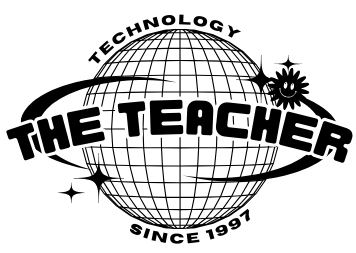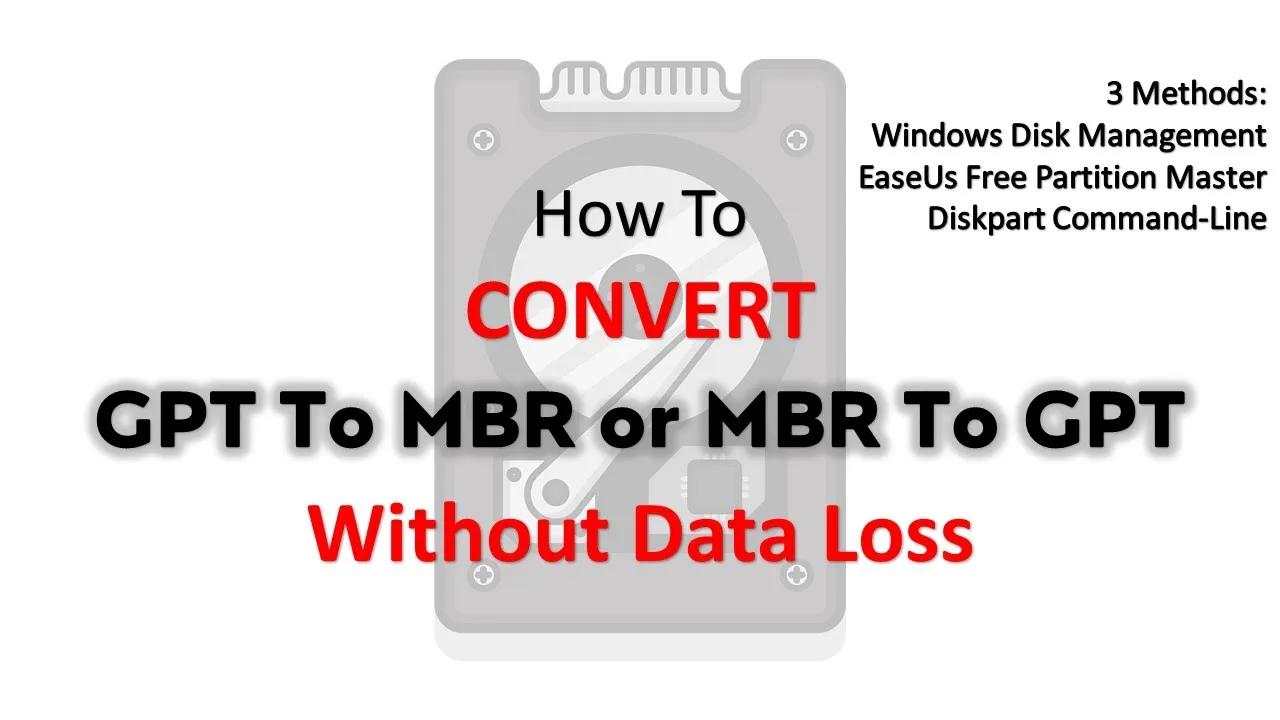Welcome back, everyone! In this comprehensive tutorial, you will learn how to seamlessly convert partition styles from MBR to GPT or vice versa without losing any data. We will also explore the capabilities of EaseUS Partition Manager in making this process easier. Both MBR and GPT partition styles have their advantages and drawbacks, and understanding when to use each is crucial.
Video Tutorial
Before we dive into the details, make sure to download the free version of EaseUS Partition Manager from the link provided. This version allows you to perform basic disk management tasks and supports converting GPT to MBR and FAT to NTFS without data loss. Additionally, professional and server versions are available for advanced features.
Why Convert Partition Styles?
Understanding the reasons behind converting partition styles is essential. MBR (Master Boot Record) supports a maximum partition size of 2 terabytes and only allows up to four primary partitions. On the other hand, GPT (GUID Partition Table) supports larger partition sizes (up to 1 billion terabytes) and allows up to 128 primary partitions. Furthermore, MBR supports BIOS, while GPT supports UEFI, a crucial factor during Windows reinstallation.
Using Windows Disk Management Utility
The Windows Disk Management utility provides a user-friendly interface to manage disks and partitions. Access it by right-clicking on the Start menu or selecting “Manage” after right-clicking on the This PC icon. The graphical view in Disk Management is especially useful, showcasing disk numbers, partitions, and their attributes.
However, there are limitations. Converting a basic MBR disk to GPT or vice versa is only possible if there are no existing partitions. EaseUS Partition Manager overcomes this limitation, allowing conversions without deleting previous partitions.
EaseUS Partition Master: A Better Solution
EaseUS Partition Master offers a seamless experience for converting partition styles. Unlike Disk Management, it allows converting from GPT to MBR or MBR to GPT without removing previous partitions or volumes. This flexibility is especially valuable when preserving data is crucial.
- Identifying Disk Type:
- Disk 0 and 1 are basic GPT.
- Disk 2 is a basic MBR.
- Conversion Process:
- Right-clicking on a GPT disk provides the option to “Convert to MBR.”
- Right-clicking on an MBR disk provides the option to “Convert to GPT.”
- Data Preservation:
- EaseUS Partition Master preserves data during the conversion process.
- Unlike Disk Management, there’s no need to delete previous partitions.
Using DiskPart Utility
The DiskPart utility, while effective, has a significant drawback – it deletes all files and folders during the conversion process. Backing up data is imperative before using DiskPart. Access it through Command Prompt with administrator privileges.
- Identifying Disk:
- Use the “list disk” command to identify the target disk.
- Cleaning Partitions:
- Use the “select disk” and “clean” commands to remove partitions.
- Conversion:
- After cleaning, use either “convert GPT” or “convert MBR” depending on the desired style.
Conclusion
In conclusion, choosing the right partition style is crucial for system compatibility and data management. While Windows Disk Management and DiskPart utility have their roles, EaseUS Partition Master stands out for its flexibility, allowing conversions without data loss.
Download EaseUS Partition Master:
Download Link
We hope this tutorial has provided valuable insights into converting partition styles. Feel free to watch the video for a more visual representation. If you found this tutorial helpful, don’t forget to like, share, and subscribe to our channel for more informative tutorials in the future!








